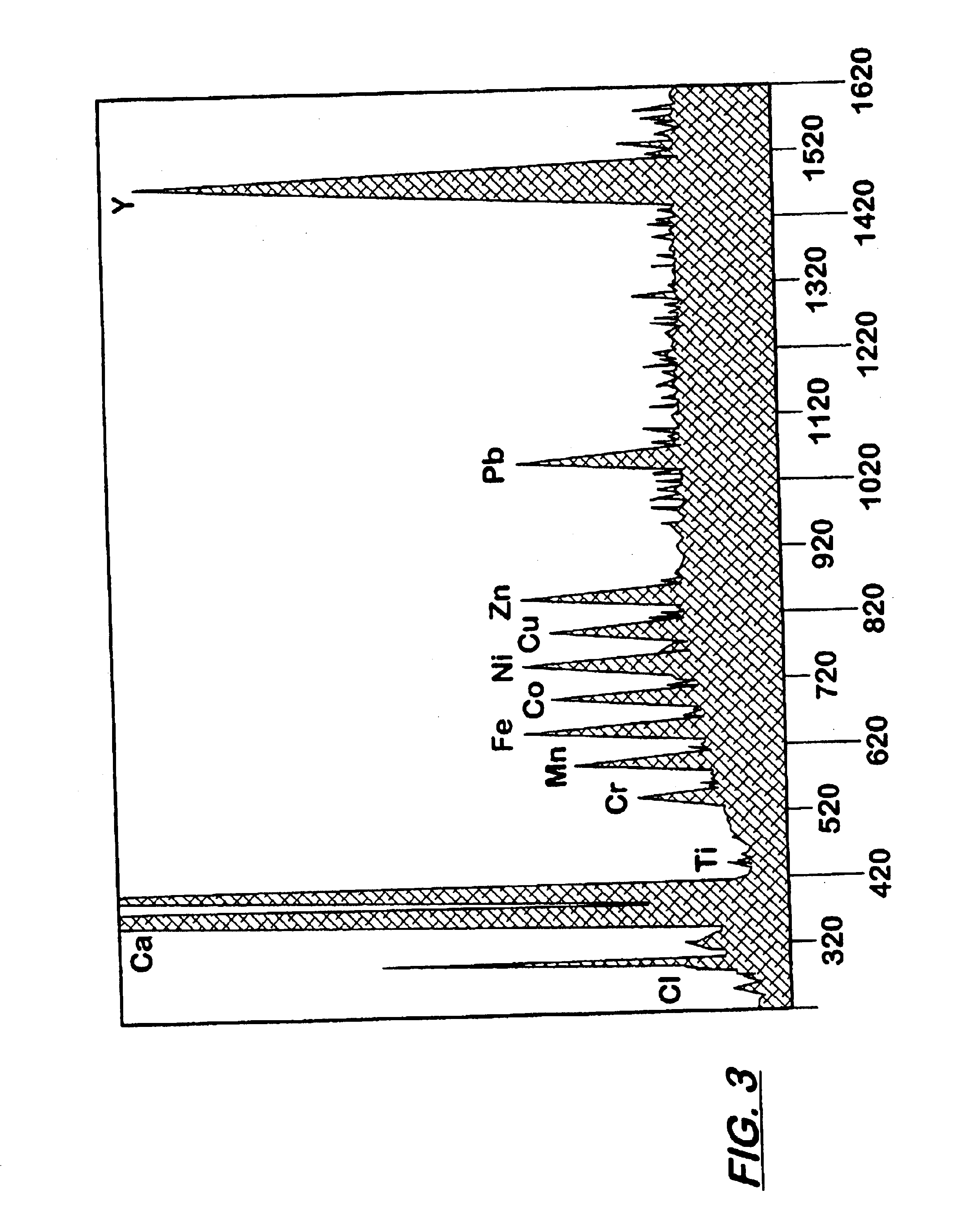Methods for identification and verification using digital equivalent data system
a technology of digital equivalent and data system, applied in the direction of material analysis using wave/particle radiation, material analysis by secondary emission, instruments, etc., can solve the problems of inconvenient direct part (or object) marking (dpm), inefficient manual data collection and keyed data entry, and inability to identify and verify objects. , to achieve the effect of simple and easy us
- Summary
- Abstract
- Description
- Claims
- Application Information
AI Technical Summary
Benefits of technology
Problems solved by technology
Method used
Image
Examples
Embodiment Construction
The following description provides specific details in order to provide a thorough understanding of the invention. The skilled artisan will understand, however, that the invention can be practiced without employing these specific details. Indeed, the invention can be practiced by modifying the illustrated apparatus and method and can be used in conjunction with apparatus and techniques conventionally used in the industry. For example, the invention is described with respect to apparatus and methods for identifying and tracking / tracing objects using taggants in combination with data matrix symbols. The invention described below, however, could be easily modified to be used in combination with any 2D symbols. Indeed, the invention could be modified to be used with any DPM technologies.
The invention uses x-ray fluorescence analysis to detect at least one elemental taggant that has been extrinsically added to an object. With x-ray fluorescence (XRF) analysis, x-rays produced from electr...
PUM
| Property | Measurement | Unit |
|---|---|---|
| Energy | aaaaa | aaaaa |
Abstract
Description
Claims
Application Information
 Login to View More
Login to View More - R&D
- Intellectual Property
- Life Sciences
- Materials
- Tech Scout
- Unparalleled Data Quality
- Higher Quality Content
- 60% Fewer Hallucinations
Browse by: Latest US Patents, China's latest patents, Technical Efficacy Thesaurus, Application Domain, Technology Topic, Popular Technical Reports.
© 2025 PatSnap. All rights reserved.Legal|Privacy policy|Modern Slavery Act Transparency Statement|Sitemap|About US| Contact US: help@patsnap.com



